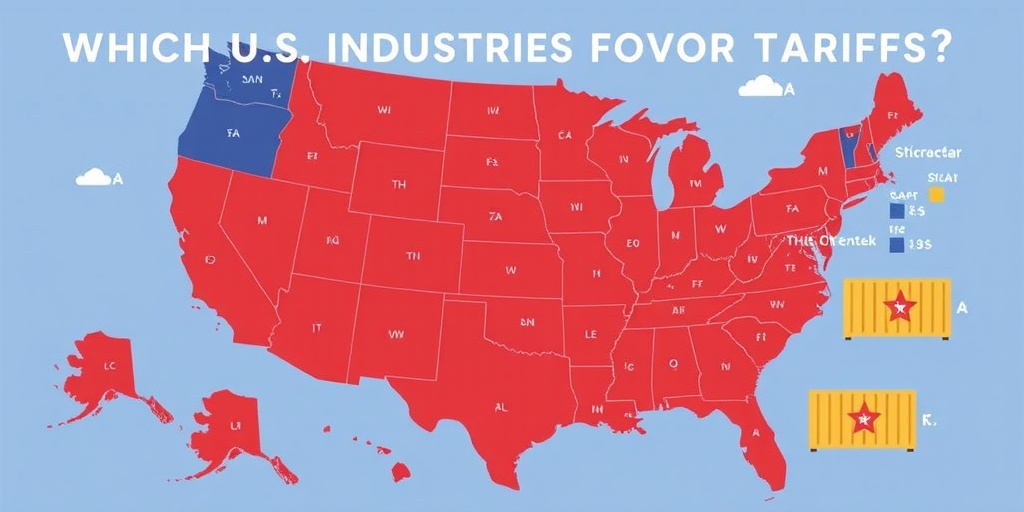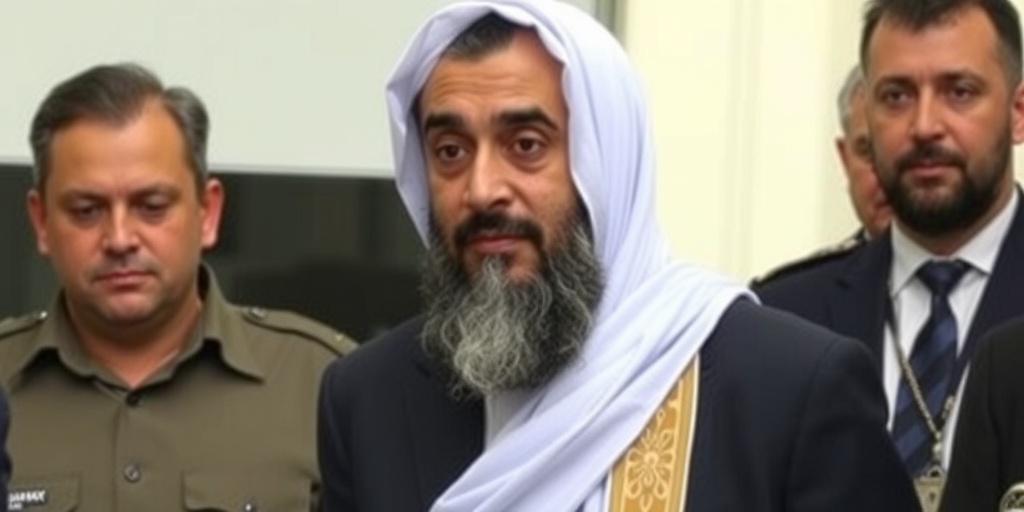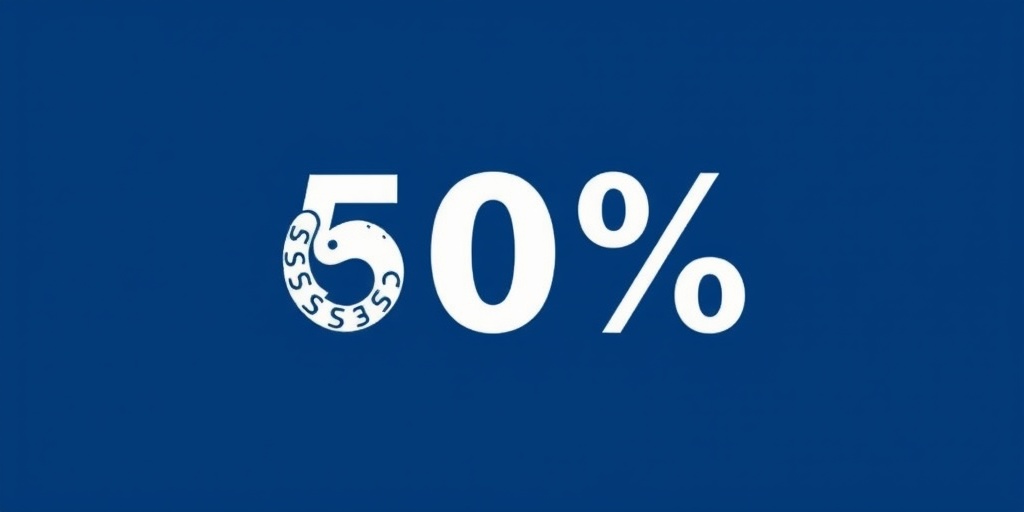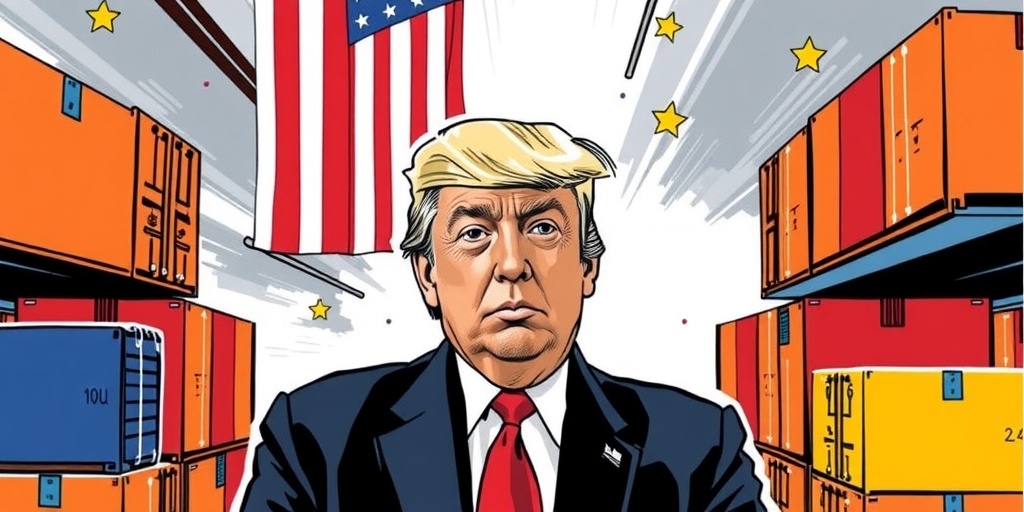Now Reading: Why the U.S. Enforces Presidential Term Limits
-
01
Why the U.S. Enforces Presidential Term Limits
Why the U.S. Enforces Presidential Term Limits
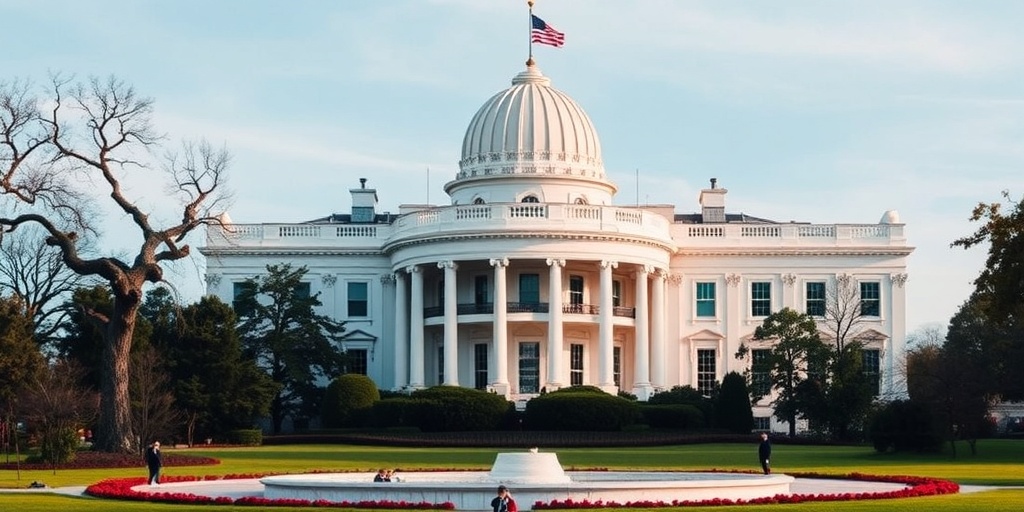
Understanding Presidential Term Limits in the U.S. and Beyond
In 1947, the United States Congress ratified the 22nd Amendment, which established a two-term limit for presidents. This amendment emerged as a measure to prevent the concentration of power in the hands of the executive branch, reflecting historical concerns about autocracy and the long-term implications of a single individual holding the office. The question of whether presidents should be allowed to serve beyond two terms has resurfaced in modern political discourse, especially as former President Donald Trump has hinted at a potential bid for a third term, despite constitutional restrictions.
Historical Context of Term Limits
The tradition of limiting presidential terms dates back to the nation’s founding. George Washington, the first President of the United States, set a precedent by voluntarily stepping down after two terms in 1796. His decision to relinquish power was based on the belief that a peaceful transfer of authority was vital for democracy and that an extended presidency could lead to tyranny. Washington’s leadership style and commitment to democratic principles significantly shaped the nascent republic’s political culture.
Prior to the ratification of the 22nd Amendment, this two-term convention was generally respected by subsequent presidents. However, some leaders attempted to break with this tradition. For instance, Ulysses S. Grant, who served as president from 1869 to 1877, sought a third term in the Republican nomination of 1880 but was unsuccessful. Theodore Roosevelt, another prominent figure in American politics, returned to the campaign trail in 1912 after two terms (1901-1909) to run as a third-party candidate; he too faced defeat in his quest for a third term.
FDR: The Exception to the Rule
The most notable exception to the two-term precedent occurred with Franklin D. Roosevelt. Initially elected to the presidency in 1932, Roosevelt’s leadership during the Great Depression and World War II led to his election for a third term in 1940. As America approached its entry into the war, Roosevelt justified breaking with Washington’s tradition, arguing that extraordinary circumstances warranted continued leadership. His subsequent election to a fourth term in 1944 raised significant concerns about the potential risks associated with a president serving an indefinite number of terms. Consequently, in 1951, Congress enacted the 22nd Amendment to formalize a two-term limit, ensuring that no individual could hold the presidency for more than eight years.
Rationale Behind Term Limits
The rationale for imposing term limits is multifaceted. Proponents argue that limits prevent the entrenchment of power and promote democratic renewal by facilitating the arrival of new leaders with fresh ideas and perspectives. Term limits can also contribute to a sense of political accountability, compelling leaders to remain responsive to public opinion, especially as their time in office comes to a close.
However, critics of term limits contend that they can undermine democratic principles by reducing voters’ ability to choose their leaders based on performance. Political scientists argue that such constraints can lead to a lack of experienced leadership and potentially isolate final-term presidents, who may disregard public sentiment in favor of pursuing their agendas.
Global Perspectives on Term Limits
While the United States has embraced the concept of term limits, several other democracies have also adopted similar measures to avoid the perils of concentrated authority. Countries like Kenya and Indonesia enforce two-term limits for their presidents, ensuring that political power is regularly rotated among leaders.
Conversely, some nations have opted to loosen or retract term limits, allowing leaders to extend their time in power. Rwanda is a notable example, where constitutional changes permitted President Paul Kagame to prolong his presidency. This shift highlights the tension between democratic ideals and the reality of political power struggles.
In contrast, parliamentary systems, such as those in Germany, Canada, and Britain, typically do not impose formal term limits on prime ministers. Instead, these leaders must maintain the support of their parties or coalitions to remain in power. For instance, Angela Merkel served as Germany’s chancellor for 16 years, illustrating the flexibility inherent in parliamentary governance.
Conclusion
The debate over presidential term limits is as relevant today as it was in the early days of the republic. With contemporary leaders occasionally signaling aspirations to extend their terms, the principles behind term limits serve as a crucial reminder of the delicate balance between authority and accountability in democratic governance. As history shows, while term limits can prevent the consolidation of power, they also spark discussions about the electorate’s choice and the dynamic nature of political leadership. Understanding these complexities is essential for addressing the ongoing discourse on democracy and governance, not only within the U.S. but also on the global stage.
Stay Informed With the Latest & Most Important News
Previous Post
Next Post
-
 01New technology breakthrough has everyone talking right now
01New technology breakthrough has everyone talking right now -
 02Unbelievable life hack everyone needs to try today
02Unbelievable life hack everyone needs to try today -
 03Fascinating discovery found buried deep beneath the ocean
03Fascinating discovery found buried deep beneath the ocean -
 04Man invents genius device that solves everyday problems
04Man invents genius device that solves everyday problems -
 05Shocking discovery that changes what we know forever
05Shocking discovery that changes what we know forever -
 06Internet goes wild over celebrity’s unexpected fashion choice
06Internet goes wild over celebrity’s unexpected fashion choice -
 07Rare animal sighting stuns scientists and wildlife lovers
07Rare animal sighting stuns scientists and wildlife lovers













